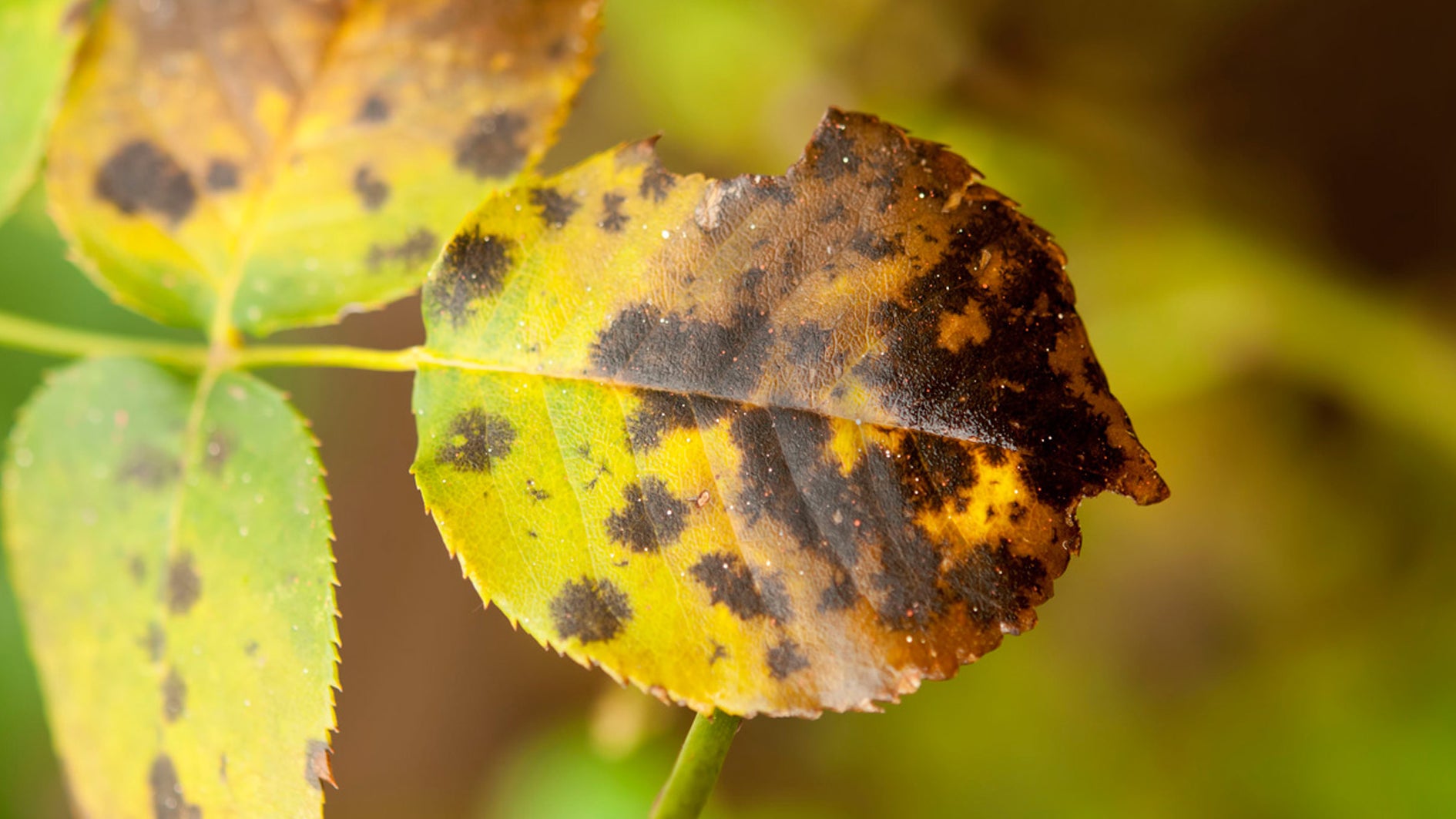
Rose Black Spot
21 Aug, 2021
Prevention
The fungus thrives in humid conditions. Reduce likelihood of black spot becoming a problem by increasing airflow around plants (by pruning, weeding, not crowding plants), and by avoiding wetting the stem or leaves when you water.
Since black spot is made worse by poor growing conditions, ensure that your plants are watered deeply, and are fed regularly with Kings Rose Fertiliser.
Strong healthy plants will be able to fight off infection better than stressed ones. Apply a monthly application of Aquaticus Garden Booster which will improve overall plant health.
Natural Treatment
Spray plants with GroSafe Free Flo Copper mixed with EnSpray99 Oil over winter to help protect the plant.
Hygiene is crucial to reduce infection rates: good, open pruning allows lots of drying air movement around the plant. A sunny position without under-planting will keep the leaves and stems mostly dry, watering in the morning is better than watering in the evening to allow the foliage time to dry.
The spores overwinter on pruned twigs and buds as well as fallen leaves, therefore it is essential to clean up these on a regular basis.
The idea is to keep the plant healthy and in good condition through the warmer months of the year, when growth and infection rates are higher.
Other Treatment
Alternating with another type of spray can be beneficial by reducing the chance of the fungus building up an resistance to one type of spray.
Spray ornamentals and roses with Yates Super Shield. Alternate with GroSafe Free Flo Copper combined with Enspray99 Oil.
When using sprays and chemicals always read the label and follow instructions carefully. Spray in the evening to avoid harming beneficial insects.